In the fast-paced world of business, understanding the macro-environmental factors that can impact your organization is crucial. PEST Analysis—a strategic tool that examines Political, Economic, Social, and Technological aspects—is a cornerstone of this understanding. With the advent of online tools, conducting PEST Analysis has never been more accessible or efficient. This guide will explore the top PEST Analysis tools IN 2024 for Your Business, helping you choose the right one to enhance your strategic planning.
What is PEST Analysis?
PEST Analysis is a strategic business tool that enables organizations to evaluate and understand the external macro-environmental factors that can influence their operations, growth, and overall strategy. The acronym PEST stands for Political, Economic, Social, and Technological factors, which are the four primary dimensions of the macro-environment. By conducting a PEST Analysis, businesses can identify opportunities and threats, align their strategies with the prevailing market conditions, and make informed decisions that can lead to sustainable growth.
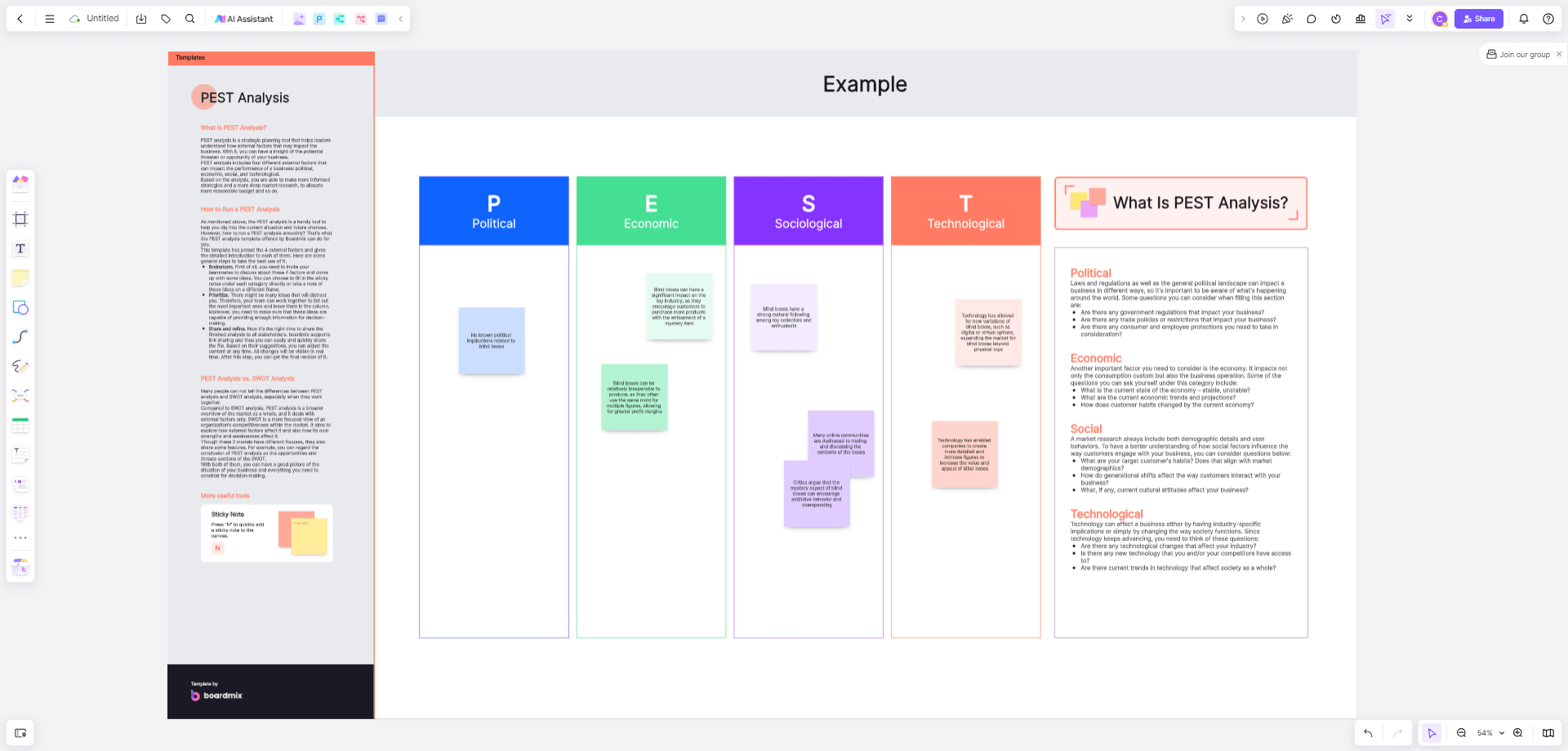
Political Factors encompass government policies, regulations, political stability, and international trade agreements. These elements can affect a company's ability to operate in certain regions, the cost of doing business, and the potential for geopolitical risks.
Economic Factors include economic growth, inflation rates, interest rates, exchange rates, and the overall financial health of the economy. These factors can influence consumer spending, the cost of raw materials, and the availability of credit, which in turn affect a company's revenue and profitability.
Social Factors involve population demographics, cultural trends, education levels, and lifestyle changes. Understanding these aspects helps businesses tailor their products and services to meet the evolving needs and preferences of their target markets.
Technological Factors refer to technological advancements, innovation, and the rate of change in technology. These can create new opportunities for businesses to develop new products or services, improve operational efficiency, or face challenges from disruptive technologies.
PEST Analysis is not just a one-time exercise; it should be an ongoing process to ensure that businesses remain agile and responsive to the dynamic external environment.
Why Use PEST Analysis Tools Online?
The advent of online PEST Analysis tools has revolutionized the way businesses conduct this critical strategic assessment. Here are several reasons why leveraging these online tools can be beneficial:
- Efficiency and Time-Saving: Online tools automate the data collection process, allowing businesses to quickly gather and analyze information across the four PEST dimensions. This saves time that would otherwise be spent on manual research and analysis.
- Collaboration: Online tools facilitate teamwork by allowing multiple users to access and contribute to the PEST Analysis simultaneously. This collaborative environment ensures that insights are shared, and decisions are made collectively, leading to more comprehensive and well-rounded strategies.
- Accessibility: With cloud-based tools, businesses can access their PEST Analysis from anywhere, at any time. This flexibility is particularly valuable for remote teams or for companies with operations in multiple locations.
- Customization: Many online PEST Analysis tools offer customizable templates and features, allowing businesses to tailor the analysis to their specific industry, market, or strategic focus.
- Integration: Online tools can often be integrated with other business applications, such as CRM systems, financial software, or project management tools. This integration streamlines the workflow and allows for a more holistic view of the business environment.
In summary, online PEST Analysis tools provide a powerful, efficient, and collaborative platform for businesses to understand and navigate the complex external factors that can impact their success. By leveraging these tools, organizations can make more informed strategic decisions and stay ahead in the competitive business landscape.
-
What to Look for in a PEST Analysis Tool
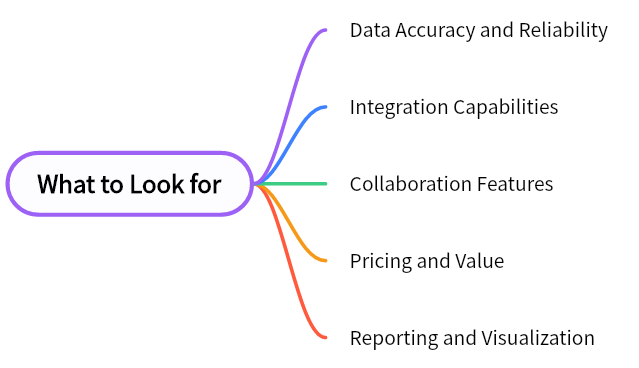
When selecting an online PEST Analysis tool, it's essential to consider several key features that will ensure the tool aligns with your business needs and enhances your strategic planning process. Here's a guide on what to look for:
-
- Data Accuracy and Reliability: The tool should provide access to accurate, up-to-date, and reliable data. Verify the source of the information and whether the tool has a process for regular updates to ensure that the data remains current and relevant.
- Integration Capabilities: The PEST Analysis tool should be able to integrate seamlessly with other software and tools your business already uses. This includes CRM systems, project management tools, and financial applications, which can help streamline your workflow and provide a more comprehensive view of your business environment.
- Collaboration Features: As PEST Analysis often involves input from various departments, look for tools that offer robust collaboration features. This includes the ability to share analyses, assign tasks, track changes, and provide comments, ensuring that all stakeholders can contribute effectively.
- Pricing and Value: Evaluate the pricing structure of the tool and whether it offers a good value for the features provided. Consider whether the tool offers a free trial or a freemium version, which can help you determine if it meets your needs before committing to a paid plan.
- Reporting and Visualization: The tool should offer strong reporting capabilities, allowing you to present your PEST Analysis findings in a clear and visually appealing manner. Look for features like customizable charts, graphs, and export options for different file formats.
By considering these factors, you can select an online PEST Analysis tool that not only meets your current needs but also has the flexibility to adapt as your business evolves. This investment in the right tool can significantly enhance your strategic planning and decision-making capabilities.
Top 5 PEST Analysis Tools for 2024
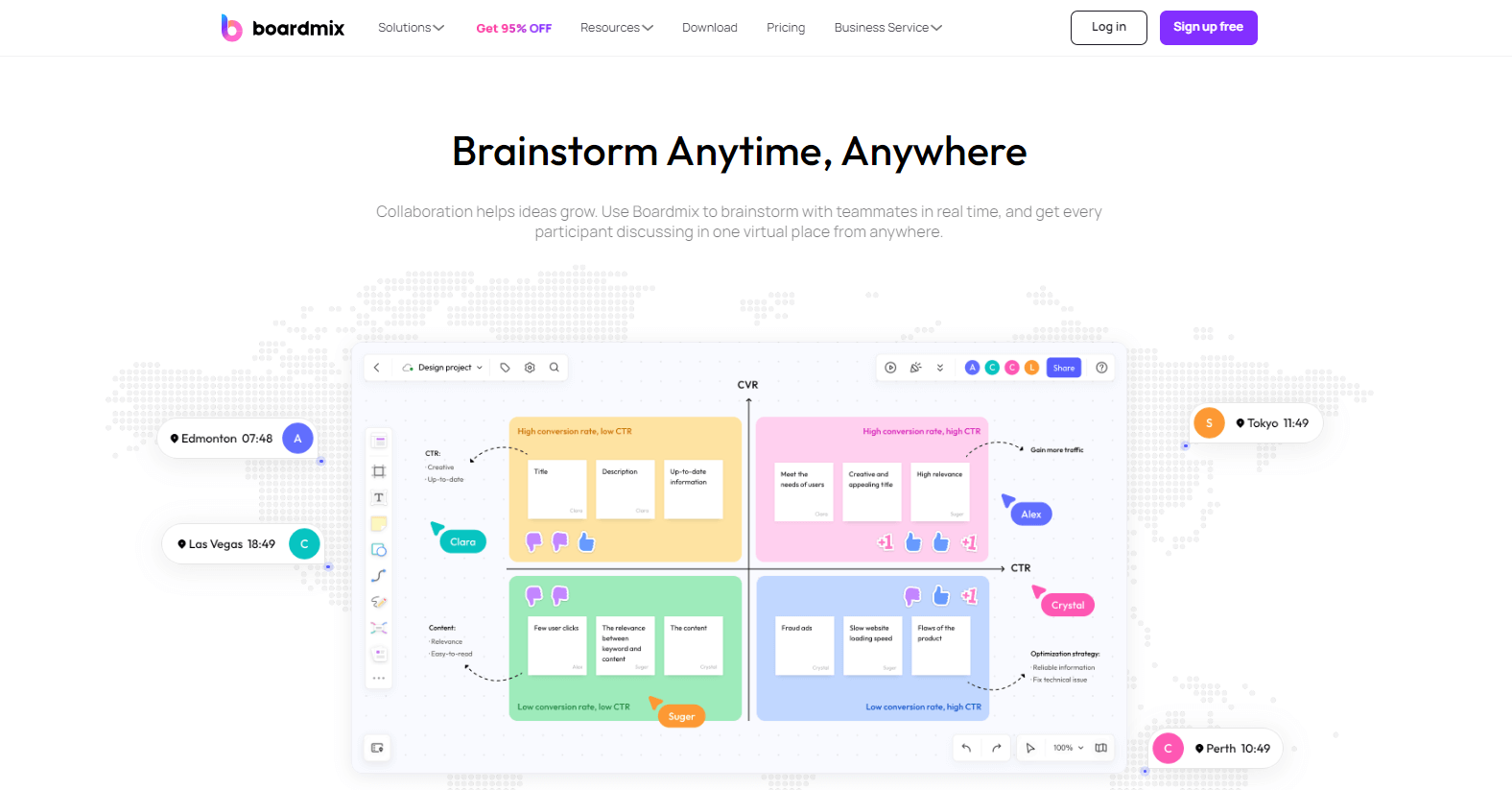
- Boardmix: Known for its collaborative features, Boardmix allows teams to work together in real-time, making it an excellent choice for businesses that value teamwork. Its drag-and-drop interface is user-friendly, and it offers a variety of templates to get started quickly. However, its free version has limited features, which may require an upgrade for full functionality.

- SmartDraw: This tool stands out for its extensive library of templates and symbols, making it easy to create professional-looking PEST diagrams. SmartDraw's automation features save time, and its compatibility with Microsoft Office and Visio is a plus. It's a one-time purchase, but the initial cost may be higher than subscription-based tools.

- Creately: Creately offers a cloud-based platform that's ideal for remote work, with features like live collaboration and version control. Its intuitive interface and vast template library cater to beginners and experts alike. The tool also supports various export formats, making it versatile for presentations and reports.
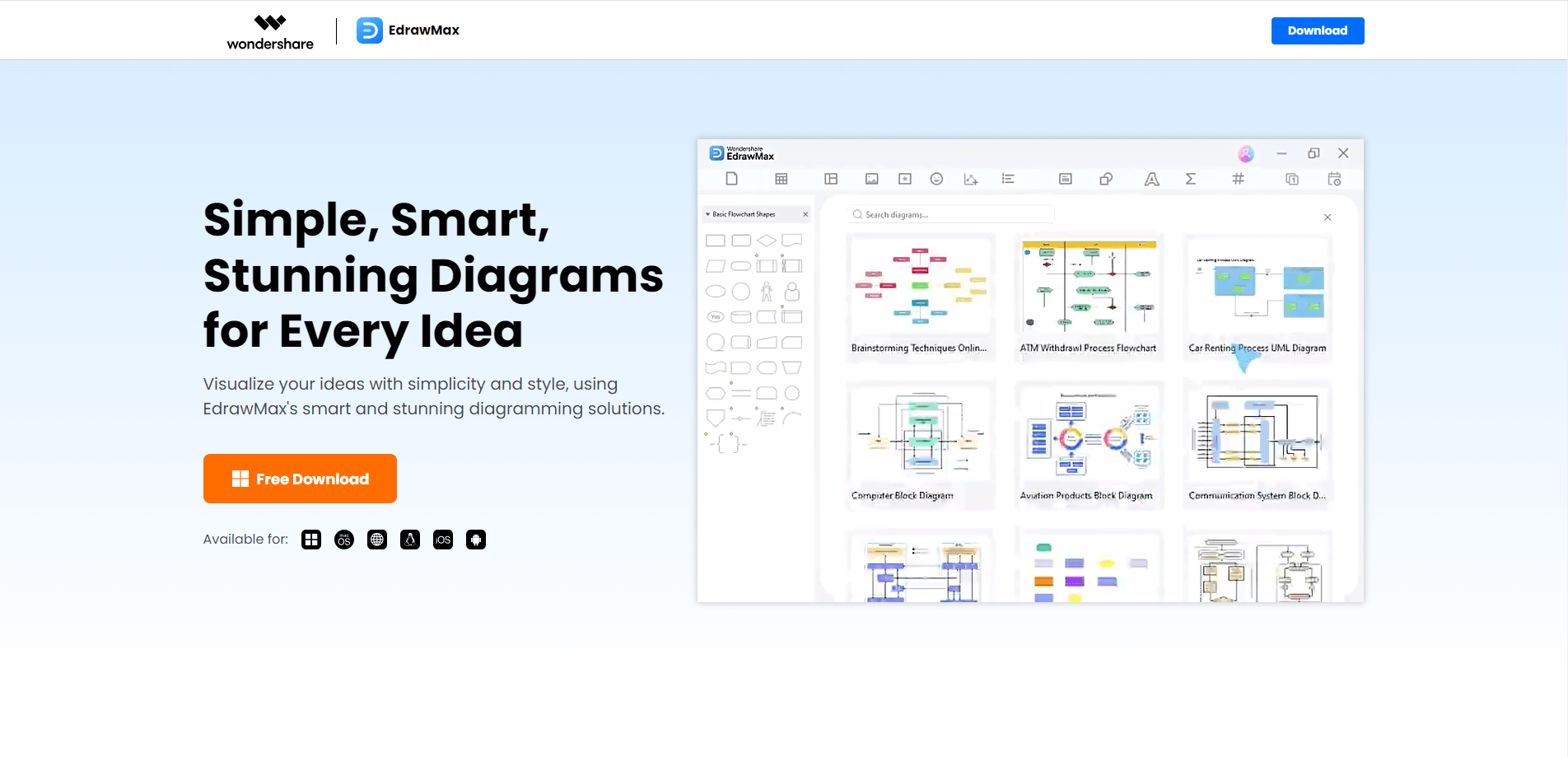
- Edrawmax: Edrawmax is praised for its powerful yet easy-to-use diagramming capabilities. It offers a wide range of templates and shapes, and its built-in database of symbols ensures that your PEST Analysis is comprehensive. The tool also supports multiple languages, making it a good fit for global teams.
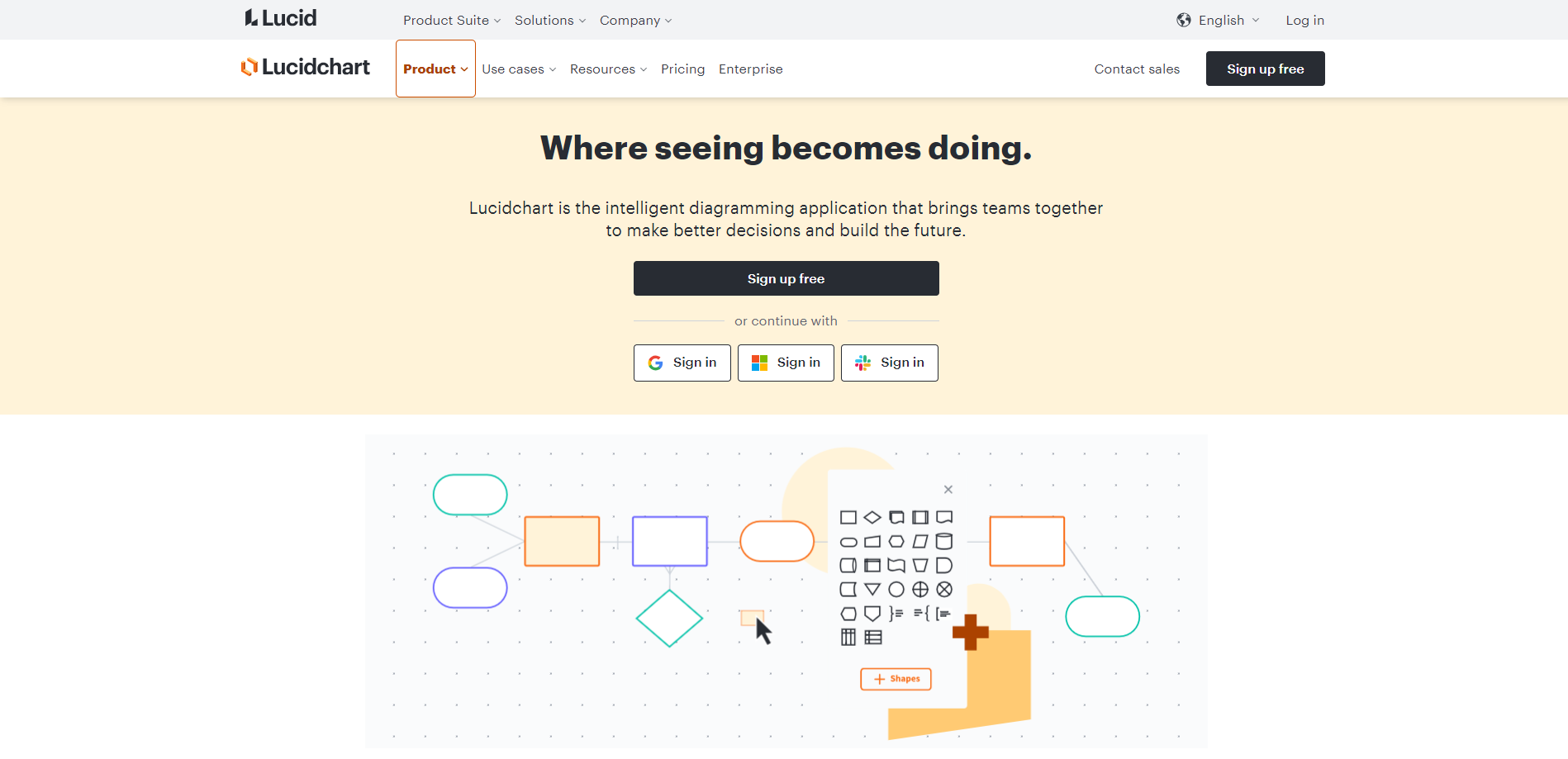
- Lucidchart: Lucidchart is a versatile tool that goes beyond PEST Analysis, offering a suite of diagramming tools. Its clean interface and real-time collaboration features make it a favorite among businesses. While it's not specifically designed for PEST Analysis, its flexibility allows for easy adaptation to various business processes.
How to Choose the Right PEST Analysis Tool for Your Business
Selecting the appropriate PEST Analysis tool is a critical decision that can significantly impact your business's strategic planning and market positioning. To ensure you choose a tool that aligns with your business's unique requirements, follow these steps:
- Assess Your Business Needs: Start by understanding the specific needs of your organization. Consider the size of your business, the complexity of your operations, the industries you operate in, and the level of detail you require in your PEST Analysis. Are you looking for a tool that can handle multiple projects simultaneously, or do you need one that focuses on a single market or product line?
- Define Your Budget: Determine how much you are willing to invest in a PEST Analysis tool. This will help you narrow down your options and compare tools within your price range. Keep in mind that the cheapest option may not always be the best, and sometimes investing in a higher-tier tool can save you money in the long run through increased efficiency and better decision-making.
- Compare Features and Pricing: Once you have a list of potential tools, compare their features against your business needs. Look for tools that offer the customization, data accuracy, collaboration, and integration capabilities you require. Also, consider the pricing structure—does it offer a free trial or a freemium version? How does the cost compare to the value it provides?
- Consider User Reviews and Recommendations: Research user reviews and testimonials to gain insights into the real-world performance of the tools you are considering. Look for feedback from businesses similar to yours, and pay attention to comments about the tool's ease of use, customer support, and reliability.
- Test the Tools: Many PEST Analysis tools offer free trials or demos. Take advantage of these opportunities to test the tools firsthand. This will give you a feel for the user interface, the speed of data retrieval, and how well the tool can be integrated into your existing workflow.
- Evaluate Customer Support: Good customer support can make a significant difference when you encounter issues or need assistance in using the tool. Look for tools that provide responsive and knowledgeable support through various channels, such as live chat, email, or phone.
- Think About Future Growth: Choose a tool that can grow with your business. As your needs evolve, you may require more advanced features or the ability to handle larger volumes of data. Ensure the tool you select can scale to meet these future demands without requiring you to switch to a different platform.
- Data Security and Privacy: Given the sensitive nature of the data involved in PEST Analysis, ensure the tool you choose has robust security measures in place. Look for features like data encryption, secure backups, and compliance with international data protection standards.
By carefully considering these factors and thoroughly evaluating your options, you can select a PEST Analysis tool that will not only meet your current needs but also support your business's strategic objectives and growth plans. The right tool can be a powerful ally in navigating the complexities of the business environment and making informed decisions that drive your business forward.
Conclusion
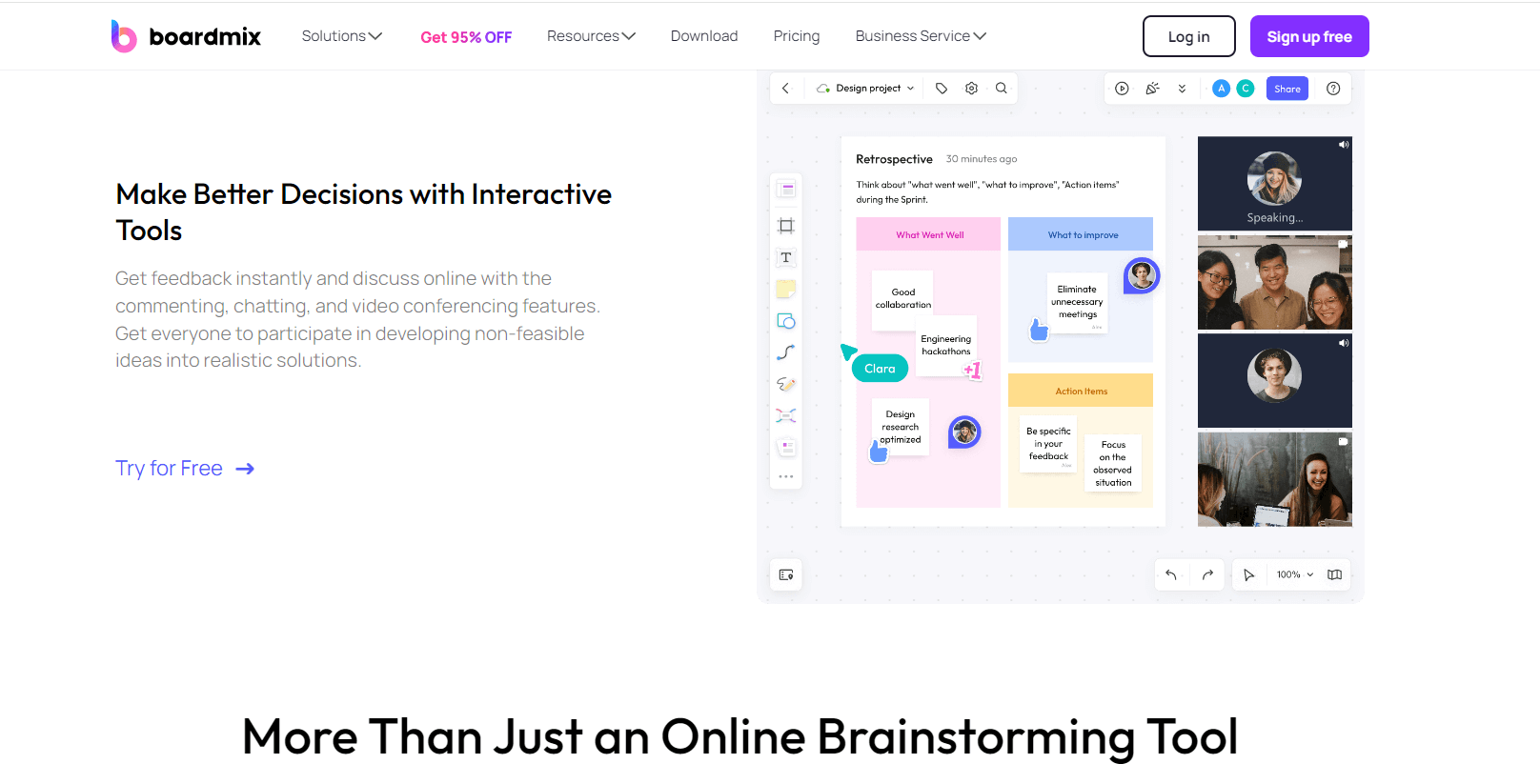
In conclusion, PEST Analysis is an indispensable tool for businesses looking to navigate the complexities of the modern marketplace. The right online PEST Analysis tool can simplify this process, providing actionable insights that inform strategic decisions. Boardmix has many integrations with other business intelligence tools and a focus on user experience to make PEST Analysis even more accessible. Try and make your PEST Analysis in Boardmix for free online to make informed choices that drive your business forward.













